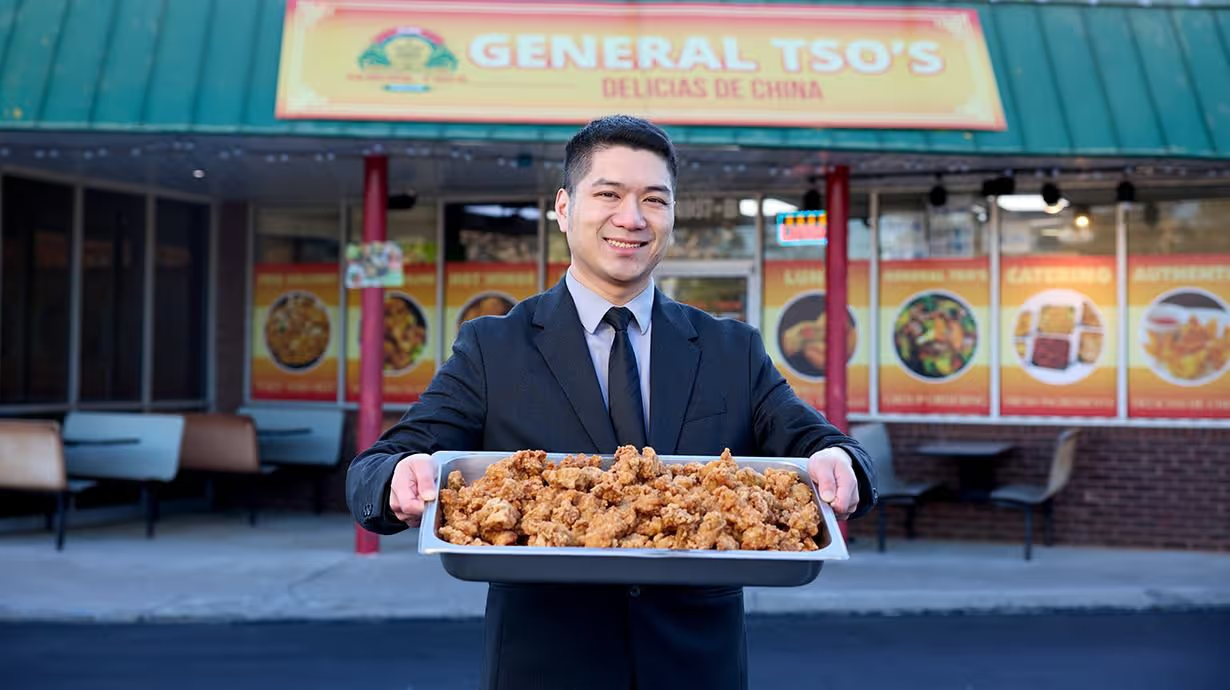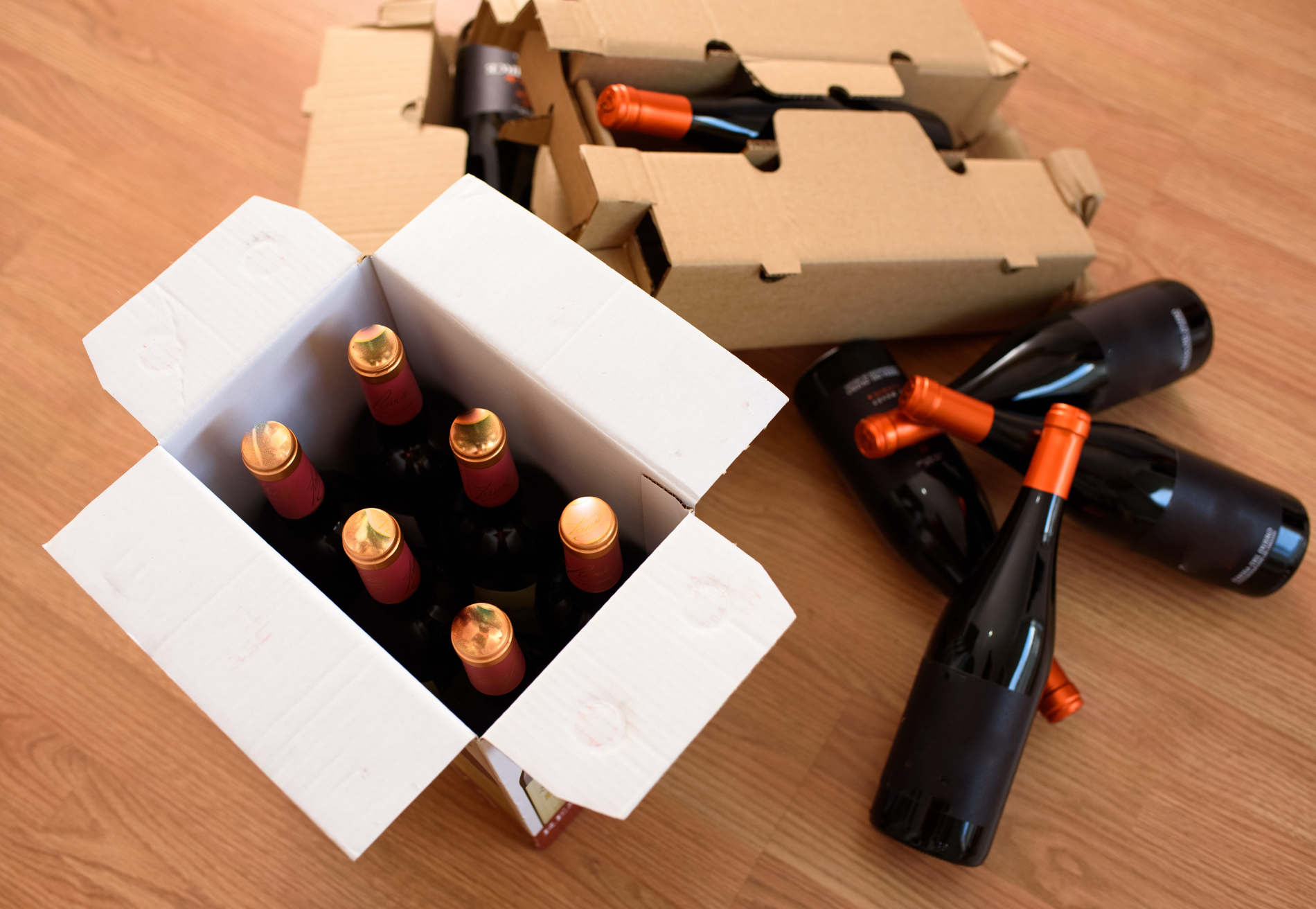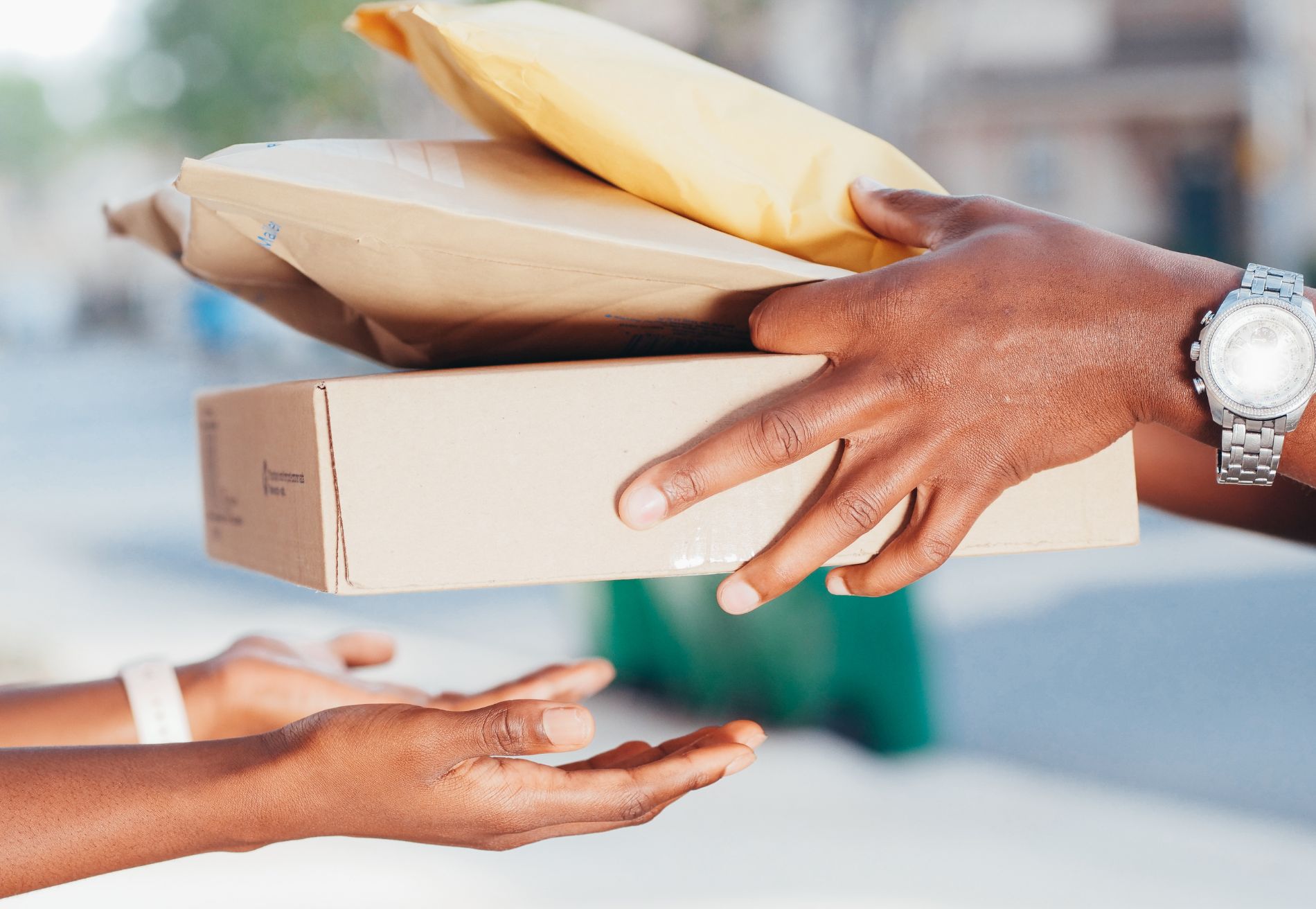Setting Up a Ghost Kitchen

Starting a food delivery service is an exciting and advantageous endeavor. Operating in this food service industry sector means you will serve customers that you may never see face-to-face. Rather, your transactions with them will be conducted virtually and the food delivered by a third-party provider.
Additionally, you will reduce the overhead costs of opening your business compared to traditional brick-and-mortar restaurants or food trucks. This is one of the primary benefits of opening a delivery only restaurant. However, that doesn’t mean you won’t have any costs that will need to be addressed.
For this type of food business, one of your highest costs will be setting up a ghost kitchen. Thankfully, this isn’t as scary as it sounds! While you may not need to secure a full restaurant to open a food delivery business, unfortunately, you can’t operate out of your home kitchen either. This is where a ghost kitchen comes in (sometimes called a dark kitchen or virtual kitchen).
These kitchens are professional kitchens with all the equipment to prepare restaurant-quality meals; however, unlike a traditional restaurant, they have no dining room for customers and are designed solely to serve delivery-only restaurants. Ghost kitchens are required because, in order to serve customers legally, food must be prepared in a licensed commercial kitchen facility.
How to Set Up a Ghost Kitchen
The last several years have seen a significant increase in the availability of ghost kitchens due to the rise in delivery-only restaurants. These shared spaces are designed to be used by multiple businesses and are often rented out in hourly, daily, or monthly increments to multiple tenants rather than to a single business for years at a time.
Most often, you will be required to pay an upfront deposit but then revert to a pay-as-you-go model to book and pay for your time in the space. This payment scheme minimizes the overhead costs required to get started and allows new businesses to pay only for the hours during which they intend to operate. However, when starting a ghost kitchen, several other logistical requirements must be met for your restaurant business to run smoothly, and according to the law.
1. Business Registration
Running any legitimate business requires that you register said business with the government. While your location and business structure will determine how and where you need to register, most small businesses will need to complete registration with their city or country, and perhaps their state. Beyond filing for a federal tax ID, most small businesses aren’t required to register with federal agencies. Registering your business may also provide some legal benefits and tax benefits.
To get started, you should apply for a business license through your city or county. This process often requires you to complete an application and pay licensing fees. While some agencies allow the application to be completed online, most still require the application to be mailed or returned in-person. Depending on the details of your registration, you should expect this process to cost anywhere between $50 and $500.
2. ServSafe® Certifications
Chances are, your county or state agencies will also require that you hold a current ServSafe® Certification. A nationally recognized food safety standard, ServSafe® offers two pathways to certification: ServSafe® Food Handler and ServSafe® Manager.
While both certifications will ensure that you have the knowledge and skills to safely prepare food for the public to protect them from foodborne illness, the former is designed for the individual employees of a business and the latter is meant for the person-in-charge of a food preparation site.
The courses, exams, and issuance of the certifications are managed by the National Restaurant Association. For the Food Handler certification, you will have to complete an accredited course and a 40-question exam. Similarly, the Manager certification requires you to take a course and successfully pass a 90-question, multiple-choice exam.
As the primary operator of your delivery food service, you will likely be required to obtain a ServeSafe® Manager certification. In most cases, the courses can be taken in-person or online. Regardless of which course option you choose, you should expect the entire cost of certification to cost about $200 including course and exam fees.
3. Liability Insurance
Once you have found the perfect shared kitchen space, you will be closer than ever to opening up your business but you still have a few boxes to check. Regardless of the ghost kitchen space you choose to work in, you will most likely be required to have a $1 million general liability policy that lists the kitchen as a co-insured, or additionally insured, entity.
These policies are designed to protect both you as the business owner and those that own the kitchen from any damages or accidents that might occur. In general, you should expect the premiums for such insurance coverage to run between $300 and $500 annually, depending on the provider you choose, your location, and several other factors.
While the kitchen is likely the first entity you will work with who will require liability insurance, you will most likely need to provide proof of insurance to many other vendors, service providers, and businesses you partner with while operating.
4. Consider Payment Options
In addition to supplying your kitchen with proof of insurance, you may also want to discuss different payment options or plans with them. While daily, or even hourly, bookings can be advantageous when you are just starting out and have limited funds available, as you grow and see more success you might want to consider a longer commitment or agreement.
Typically, shared kitchens will offer monthly plans at a discounted hourly rate. This is advantageous for you because you will pay less in total to use the space, and it’s good for the kitchen because they will have guaranteed business throughout the next month or months.
Similarly, if you plan to run your business late at night (say to appeal to shift workers or students at the local university), you may want to ask your kitchen manager about off-peak rates. Again, this will be to your benefit because you will pay less to use the space, and is great for the kitchen to earn revenue during hours which would normally see it sit empty. Even if these scenarios are not something your kitchen manager had previously considered, don’t be afraid to negotiate these terms!
5. Health Inspection
Before you become operational, you will almost certainly have to successfully pass a health inspection from the relevant county or state office. This will require an on-site visit to your kitchen to evaluate your production and preparation methods, food storage areas, and general operational processes.
You will want to ensure all of these items are clearly and completely documented for your final inspection and licensing appointment. This process can seem intimidating, but what the inspector wants to know is that your operation will produce food safely and legally. Try to think of them as a source of information for maintaining a legal operation.
6. Delivery Partner
Finally, you will need to select a delivery partner for your business. In exchange for using their infrastructure and technology, you will give up a percentage of your order totals to this company. While giving away up to 30% of every order may seem extravagant, you must consider the benefits of leveraging these platforms. First, you won’t have to build your own technology platform to process orders which would be a time-consuming and financially demanding process. Rather, you will be up and running after simply creating an account on the third party delivery app of your choosing.
Second, you will save time and money on your marketing efforts, as hungry customers will come to a well-known digital marketplace and find you. Plus, most platforms will allow you to pay for in-app advertising or premium placement to attract more eyes (and stomachs) to your business.
Additionally, you will save time and money from having to find and employ several people to deliver your food. Instead, these individuals will work for the delivery platform and be paid through them. Some of the nation’s top platforms currently include DoorDash, GrubHub, Postmates, Caviar, and Uber Eats. For more tips on the delivery industry, including lessons learned from successful ghost kitchens or how to start a food delivery service, head to our awesome blog!
Closing Thoughts
As a ghost restaurant owner, one of the most important steps to getting your business running is finding a ghost kitchen operator that can meet your brand's needs. That’s why at Shipday, we’ve created the best small business order management system to help you get started. Stay ahead of the competition with optimized restaurant delivery apps and food delivery software.
Though starting a ghost kitchen may seem like an overwhelming endeavor at first, with careful and thoughtful preparation you will be open for online ordering in no time!
Index
Ready to get started?
Play around with it first, add your team, pay later.








.avif)






%201.svg)
